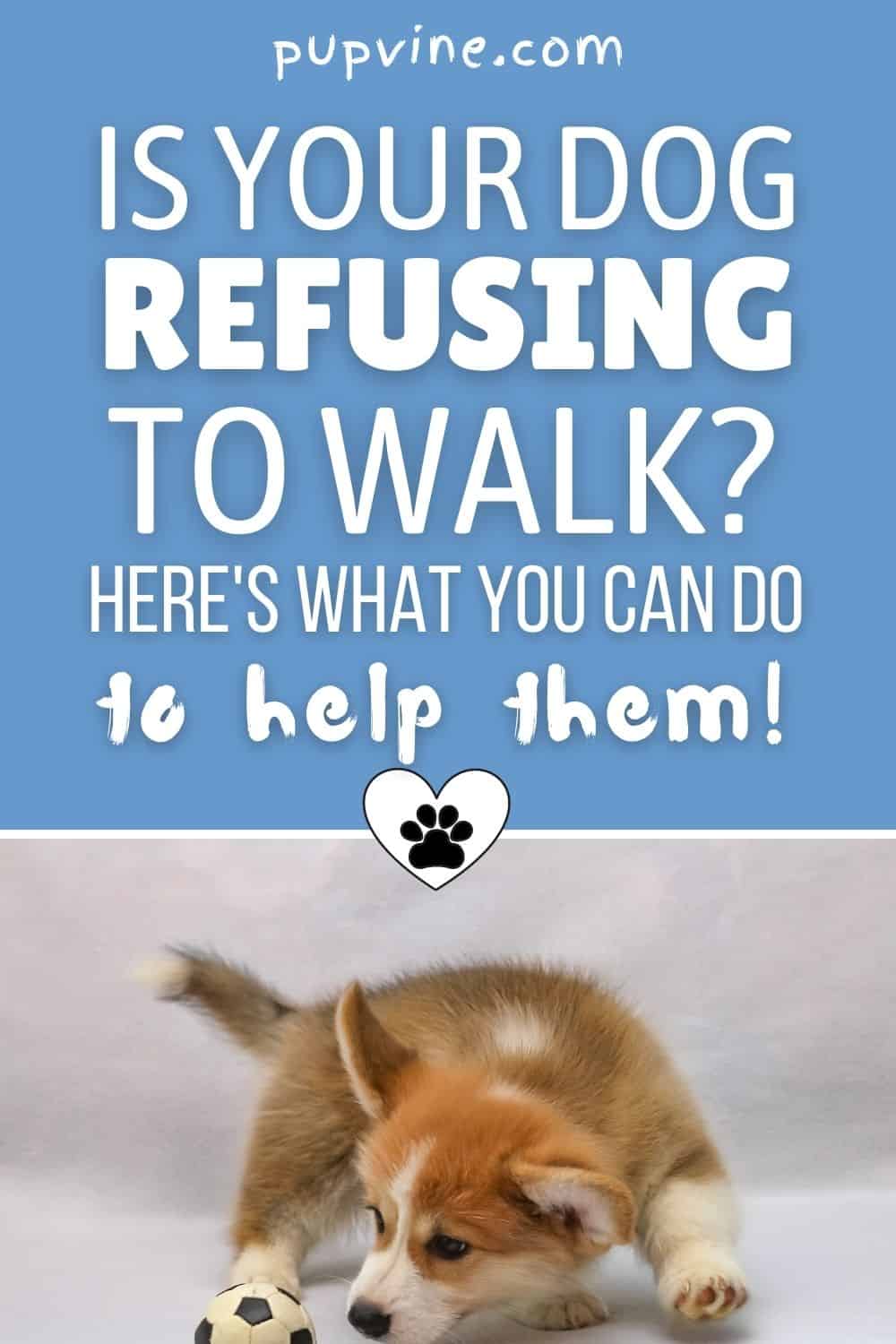Have you ever woken up in a great mood, ready to go for a daily walk with your dog, but he didn’t seem to share your enthusiasm? Maybe your puppy makes a habit out of freezing mid-walk, refusing to go anywhere.
It can be a frustrating situation to find yourself in, not understanding what’s wrong and not knowing what to do. Dog walking becomes another source of stress instead of the relaxing activity it once was.
Don’t worry. You’re not alone. It happens more than you think, and there could be a number of reasons behind it, but most can be solved with patience, understanding, and work.
To be able to fix this behavior, you first need to figure out what the underlying problems are that are causing it. The way to do this is by reading your dog’s body language.
Familiarizing yourself with a dog’s body language is an important first step for all first-time dog owners, whether you’re getting a new puppy from a breeder or adopting an adult dog from a kennel.
Understanding dog behavior will help you deal with future behavioral problems and solve existing ones.
Here are the most common reasons why your dog might be refusing to walk.
They might be experiencing health issues

If your dog is usually excited to go out, but now they’re suddenly refusing to walk, it could be a sign of certain health issues.
Only once you are able to rule this out should you look for other solutions.
Limping or other signs of discomfort while walking are a tell-tale sign of an injured leg or paw.
Another common medical problem that keeps dogs from walking is orthopedic pain, which older dogs usually experience.
Any sudden behavior changes should be a warning sign, so don’t hesitate to contact a vet!
Their environment or routine has changed
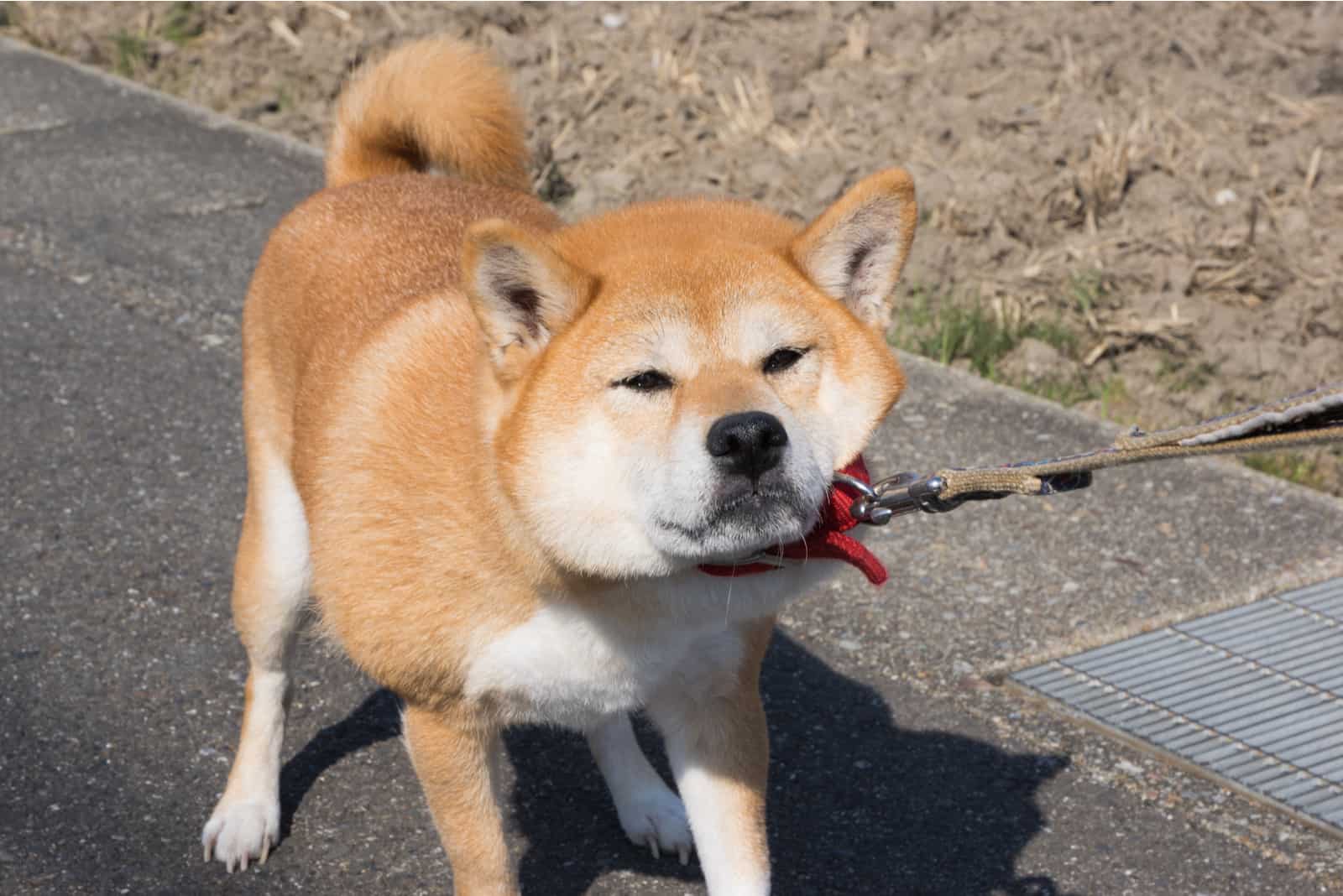
Dogs are very sensitive to any changes in their environment.
If you’ve just got a new puppy or moved to a new place and your dog keeps freezing in place on the sidewalk, they’re probably just overwhelmed by all the new smells, sounds, and sights.
From first-hand experience, I can say that once they get familiar with their new surroundings and build confidence, the problem will be solved naturally.
When my rescue dog first started living with us, he would stop suddenly in the middle of a walk looking all confused and refusing to move an inch.
After some quality bonding, basic dog training, and lots of high-value treats, he’s proudly and confidently taken over the neighborhood.
That means your role in helping them get settled in is crucial, so be patient, take baby steps, and all will be well.
Dogs are creatures of habit. They’re just not that spontaneous, and they’re probably not too happy when you are. Any changes in their routine can cause them stress and affect their behavior.
If your dog suddenly doesn’t feel like walking anymore, you should ask yourself if there were there any recent changes in your lives.
Your dog might be protesting against the changes to his walking route or walking time. Maybe he doesn’t like his new harness, collar, or leash.
Maybe there’s a new animal in the house. Or perhaps you’ve gotten a bit busy lately, and you haven’t spent as much time with him as you used to.
Everything you do affects your dog’s life and, therefore, his behavior.
Read More: Can I Walk My Dog After Cutting The Quick
Your dog might be scared or stressed out

Fear and stress are the most common reasons for a dog’s unwillingness to walk or for a dog that is restless at night.
Fear often stems from past trauma, especially with rescue dogs.
If a dog has been hit by a car, he may get scared while walking near a street with heavy traffic. They might also be afraid of bicycles, skateboards, or even strollers.
Many dogs have had a negative experience with other dogs, especially if they have lived on the street or in a kennel.
By refusing to go in a certain direction or to a dog park, they might be telling you they’re sensing another dog they feel threatened by.
Fear can also be triggered by people who remind them of their bad history.
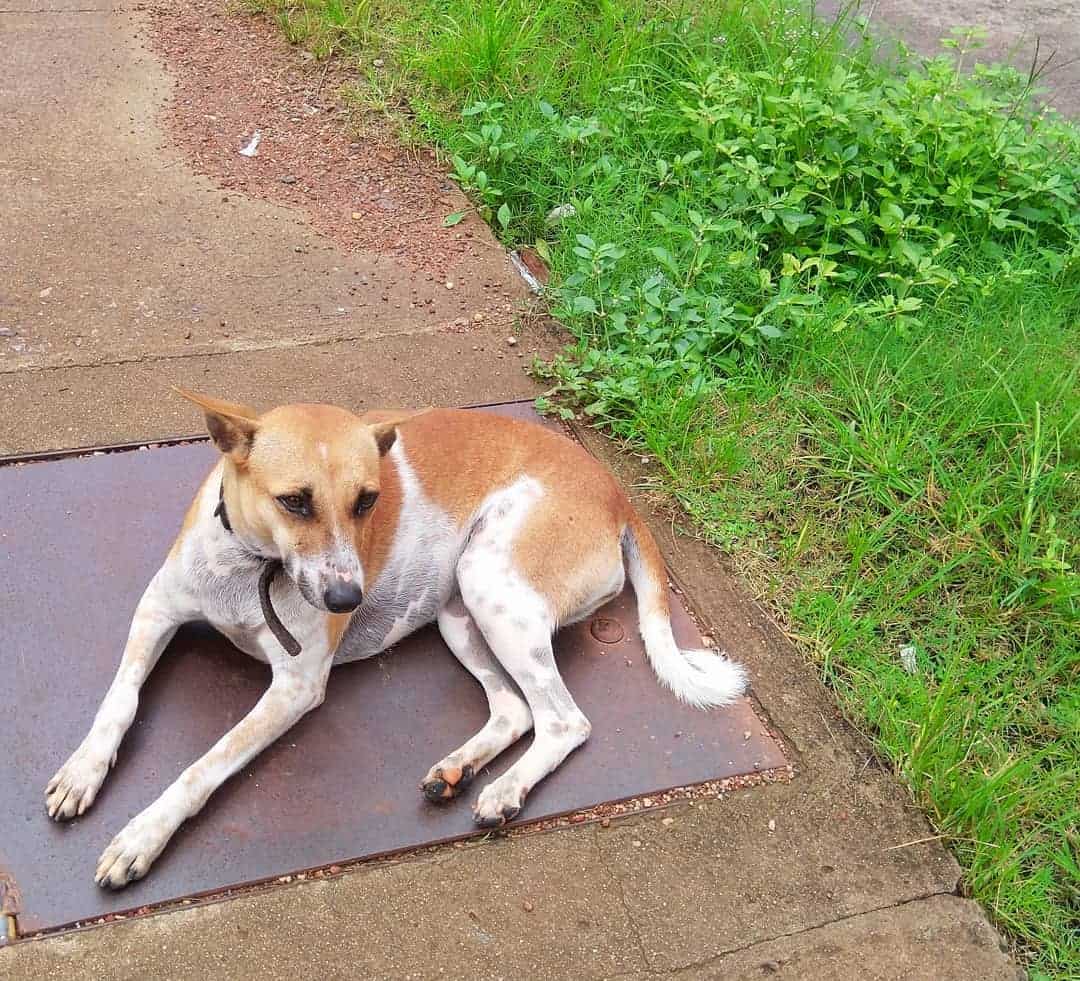
Photo from @ravirsk16
When afraid, dogs usually tuck their tails between their legs and keep their ears low.
By paying attention to their body language in these situations, you can recognize the exact problem, which is the first step in solving it.
Fearful dogs can turn into aggressive dogs, so it’s important to recognize these behavioral issues and fix them in time.
If you decide to get a professional dog trainer, informing them of any issues you’ve noticed will ensure your dog transforms into a confident and happy good boy or girl.
However, if you’d rather do the dog training yourself, make sure to use positive reinforcement techniques, or otherwise, you might contribute to their negative behavior.
They haven’t had leash training yet

No dog is born with a leash or a harness, so it’s understandable they can get confused or uncomfortable when they first encounter them.
Leash walking can be stressful for both dogs and their people, which makes proper leash training a must for all dog owners.
Dogs are the most playful and active during their puppyhood, so limiting their mobility with a leash can make them frustrated.
When first introducing a leash to your puppy, you need to make sure it’s the right fit for their size. It shouldn’t be too tight or too heavy for them.
Before taking them outside for a walk, get your new puppy familiar with a leash in a safe environment. You can let them walk around the house with a leash on, giving them treats and playing with them, so they have a positive association with it.
Once they’re comfortable wearing it, you can go outside and have some fun.
The same thing goes for rescue dogs that have had no prior exposure to a leash. Dogs used to roaming freely can see the leash as a punishment, and it’s your job to correct that.
You shouldn’t pull your dog when they refuse to walk on a leash. By doing so, you’re reinforcing their negative association with it, making the period of adjustment longer.
By taking baby steps, using their favorite treats and toys for positive reinforcement, you’ll make your pup love both you and walks more.
Your dog might be too tired

Dogs of different breeds, ages, and sizes have different activity levels.
If your dog stops or lays down on your way back from a walk, it’s possible he’s just tired.
Maybe the walk was too long, or they played too much with other dogs in the dog park, and they just don’t have the energy to walk anymore.
If this is the case, an easy solution is to make the walks shorter and introduce a different type of play at home once your pup is well-rested again.
They don’t like the weather

Dogs can be prone to meteoropathy, too!
We have all experienced waking up on a rainy day and not wanting to leave the bed. This could also be the case for your pup. The bed is warm and comfy, the day gloomy, why ruin the mood with a walk?
Sunny days can also be problematic. Imagine walking around in the blazing heat with a fur coat on. It can’t be too comfortable!
It’s the same for your dogs, so make sure they stay hydrated during the hot summer days and that they don’t spend too much time in the sun. If there’s not enough shade on your route, especially if your dog doesn’t tolerate heat well, you can just take shorter walks for their potty breaks.
What to do when your puppy refuses to walk
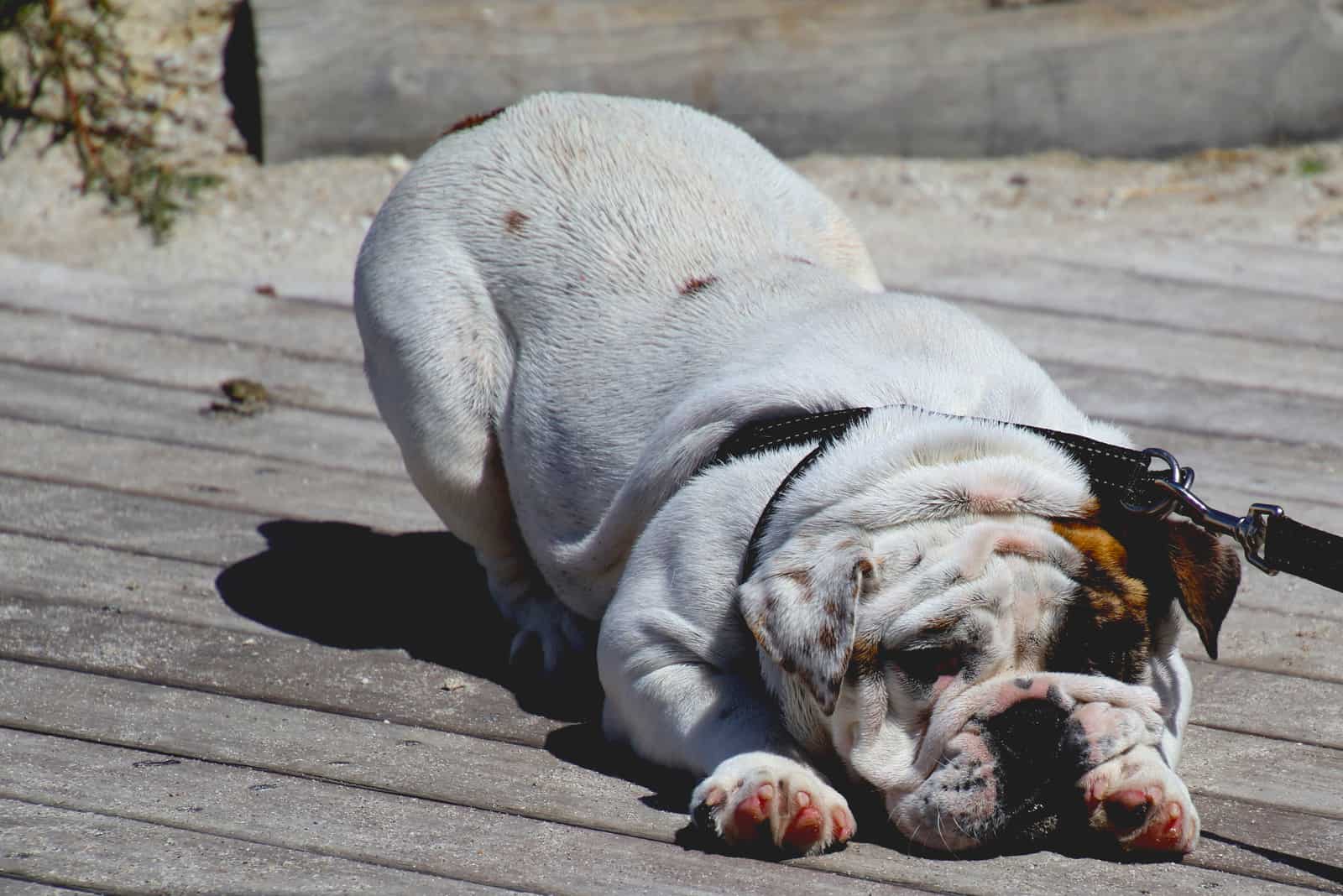
If you find yourself in a situation where you’re outside, and your dog stops on the sidewalk, on a trail, or even in the middle of the street at an intersection, there are a few tricks that can help them move.
The first trick is the most obvious one – use treats!
You can carry around some high-value treats and a clicker for rewarding wanted behavior. Dogs are pretty smart, and they quickly associate the treats and the clicking sound with their behavior.
After a while, the clicker itself becomes the reward, so you don’t need to worry about your pup gaining extra pounds from all the treats.
If your dog has the recall command under his paw, then make use of it in these situations. And if not, then it’s a good way to practice.
When your dog stops walking, move slightly away from them and call out their name. Once their focus is on you, tell them to come, and when they do, give them a treat.
Repetition is the mother of all learning, so the more you repeat this, the better your dog will get, and eventually, the recall command might get him out of one of his freezes.
Although, you shouldn’t repeat your commands more than once when you’re saying them, as it may not sound authoritative enough to your dog.
Alongside this, you should be teaching your dog the ‘let’s go’ command, which is used to tell a dog they should be walking on a loose leash by their owner’s side.
Dogs are famously not good at multitasking. Distracting your dog and getting him to focus on something else can make him forget why he decided not to move in the first place.
If your dog often has this problem during walks, socialization may be the key to solving it.
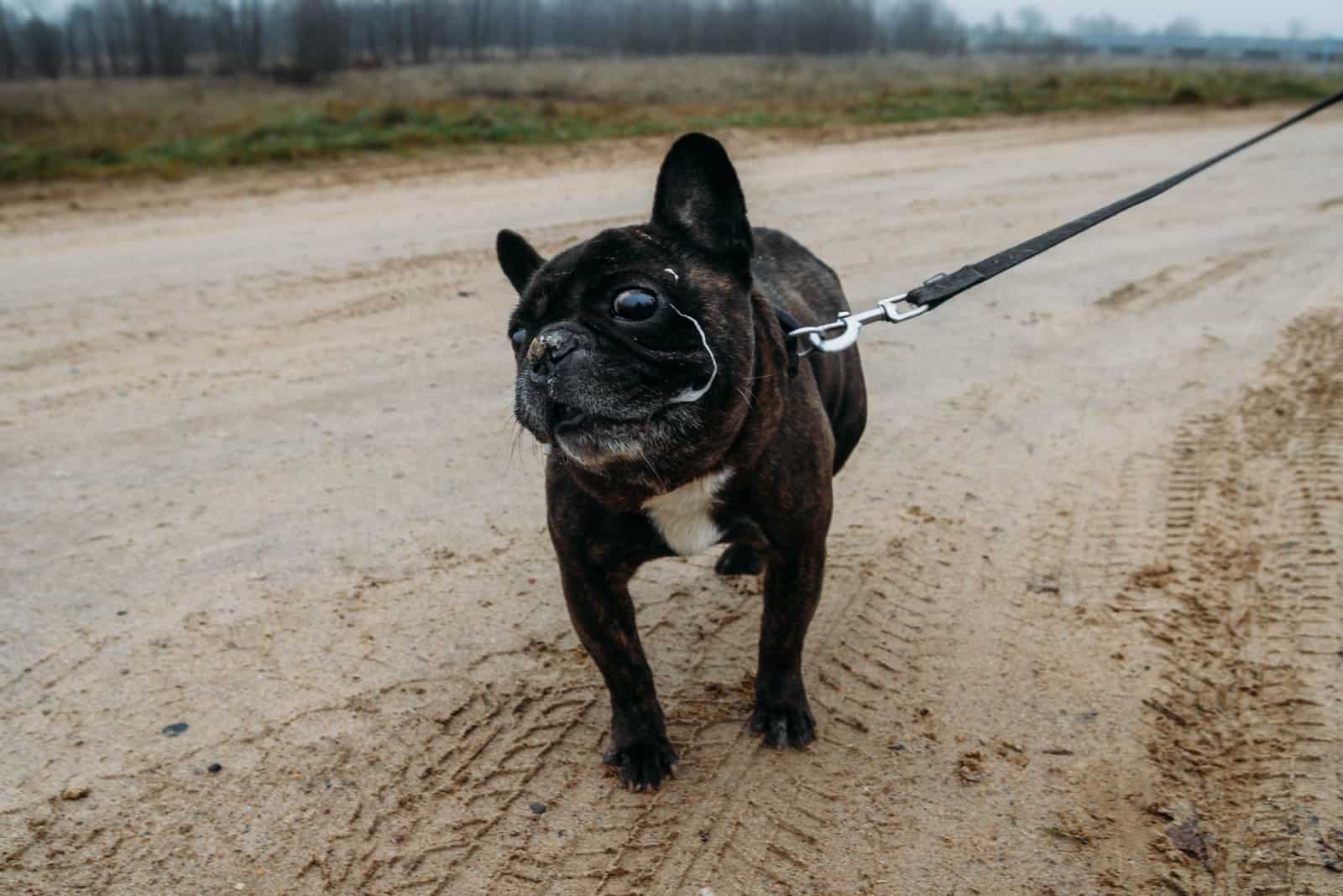
Inviting a friend with a well-behaved dog to join you can make the walk more fun for all of you. Strolling around with a bigger pack can help build confidence for your pup, and being around his buddy could be too exciting for unnecessary stops.
These are all short-term solutions that will help get past the current situation but won’t solve the underlying issues.
Since fear is the most common reason for the doorway phobia and freezing in one spot while walking, the best long-term solutions are desensitization and counter-conditioning.
Exposing your furry buddy to their fears abruptly can break the trust between you and have a negative impact on dog behavior. This is where desensitization comes in.
It’s a lengthy process in which a dog is introduced to graduating levels of the stimuli they fear. It takes a lot of patience, as is the case with all dog training, but it pays off.
For desensitization to be effective, it needs to be used together with counter conditioning. Counter conditioning means training, most often an aggressive or a fearful dog, to show a different reaction to certain stimuli.
While desensitizing your dog, you need to make sure you’re not overstepping their boundaries and that they’re comfortable with the level of stimuli you’re introducing.
When you’ve determined what’s causing your dog’s fear, analyze its characteristics and figure out what would be the different levels of exposure.
Once you’ve made a plan, you can start the process, slowly letting your pet make positive associations with things they used to fear.
This is the best way to get your pup out the front door and into the world happily once again. After all, we all know how important it is to pay attention to how often we walk our dogs.
In conclusion
There’s a number of reasons why your dog may not want to walk, from health issues to fear or just plain laziness. It’s your job to understand and help your dog, either by using short-term fixes or long-term solutions.
Whatever the reason for their behavior, your pooch is lucky to have someone who cares to overcome it with him.
